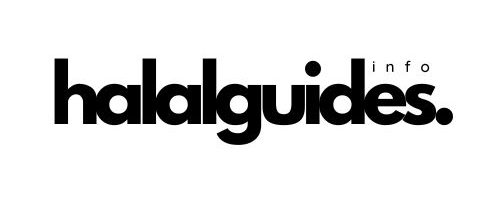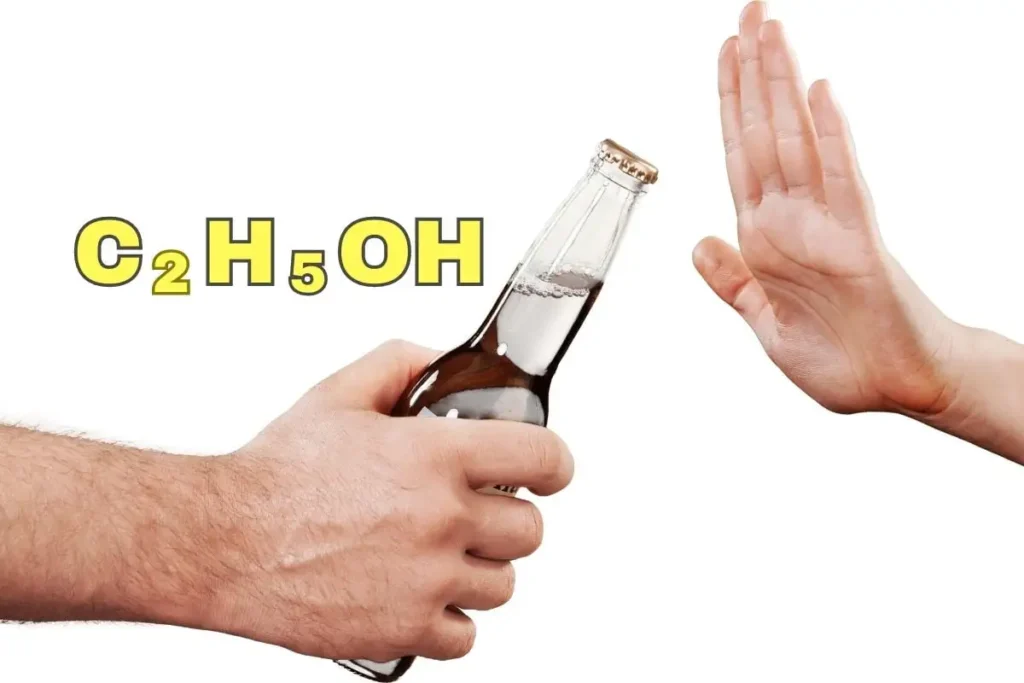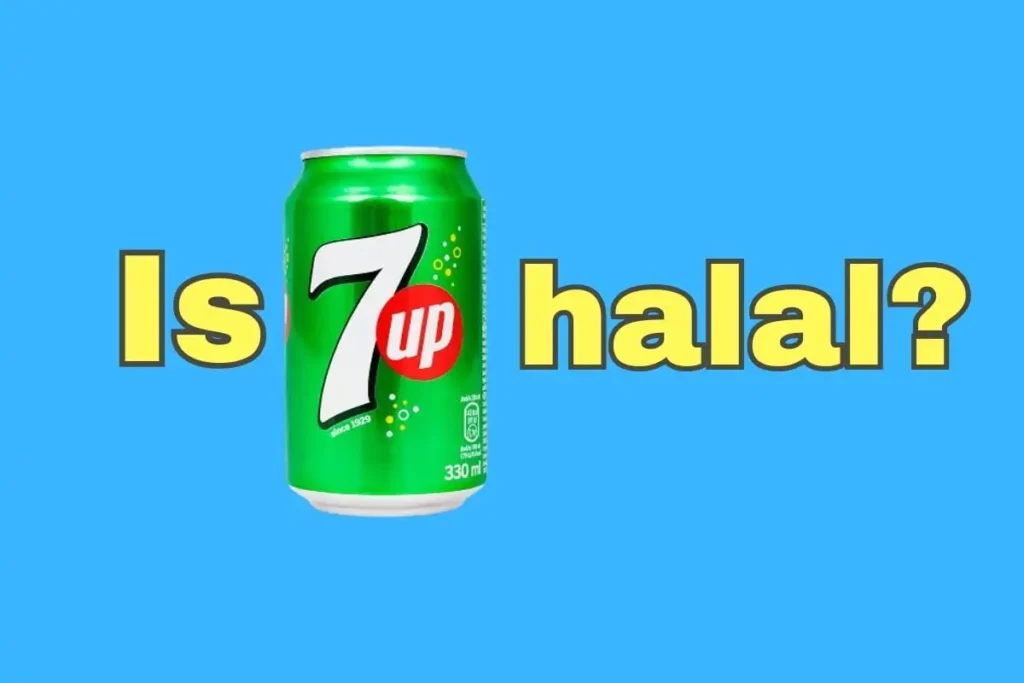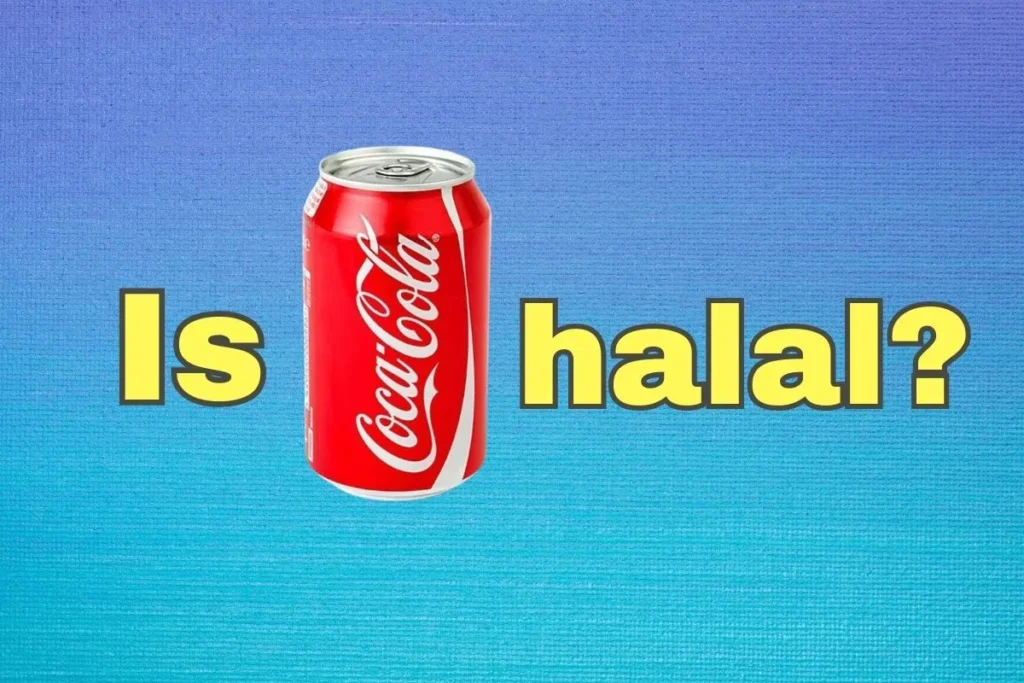Is E237 Halal? This is a question that might have crossed the minds of many consumers keen on adhering to halal dietary guidelines. As we dive deeper into understanding E237, we shall unravel its chemical structure, origins, possible side effects, and regulations governing its use.
Join me on this exploratory journey to ascertain whether E237 aligns with halal dietary standards.
Key Takeaways
| 📌 E237, Sodium Formate: It’s a food preservative used to keep food fresh by preventing harmful bacteria and molds from growing. |
| 📌 How It’s Made: Sodium Formate is produced by mixing sodium hydroxide and carbon monoxide. This chemical reaction results in a substance that protects food from spoilage. |
| 📌 Is It Halal? If you’re concerned about whether E237 is Halal or not, the good news is that it’s generally considered Halal because it’s made through a synthetic process and doesn’t include any forbidden elements. |
What is E237?
E237, known as Sodium Formate, is a food preservative employed in certain processed foods. Its primary role is to combat the growth of harmful bacteria, thus helping to maintain food quality and extend shelf life.
Chemical Structure
E237 is the sodium salt of formic acid, a simple yet effective compound in preserving food. The chemical interactions that make E237 a potent preservative are fascinating and crucial to understanding its efficacy and safety.
What Is E237 Made From?
Commercially, Sodium Formate is synthesized from sodium hydroxide and carbon monoxide. It’s a straightforward process that results in a preservative capable of warding off microorganisms, ensuring our food remains fresh for a more extended period.
Now, you may wonder, what exactly goes into the production of this common food preservative? Let’s unravel it together.
Sodium Formate emerges from a rather straightforward chemical reaction between sodium hydroxide and carbon monoxide. This simplicity in production often underscores the effectiveness of E237 as a preservative.
The process begins with the careful mixture of sodium hydroxide and carbon monoxide under controlled conditions, leading to the formation of Sodium Formate. It’s interesting how two such common chemicals can come together to form something that plays a crucial role in food preservation, isn’t it?
Now, onto the resulting compound – Sodium Formate. This compound is a warrior against microorganisms that threaten the freshness of our food. When Sodium Formate steps into the scene, harmful bacteria and molds are kept at bay, ensuring our food stays fresh for a longer period.
Imagine a shield that guards our food against spoilage; that’s what Sodium Formate does! Its ability to inhibit the growth of bacteria and molds is nothing short of a lifeline for many food products out there.
What’s more, the effectiveness of E237 doesn’t just stop at preservation; it also contributes to maintaining the desired texture and quality of food, making it a multi-faceted asset in food production.
Here’s a simple breakdown of the synthesis process:
| Step 1 | Mixing sodium hydroxide and carbon monoxide |
|---|---|
| Step 2 | Formation of Sodium Formate |
| Step 3 | Collection and purification of Sodium Formate |
Regulations and Guidelines
The use of food additives, including E237, is overseen by food safety authorities who establish the maximum permitted levels to guarantee that the consumption of these additives remains within safe boundaries.
Dosage and Administration
Sodium Formate is recognized as a safe substance when used within specified limits. It’s intended to support the growth of certain bacterial species in fermented dairy and soy products, with a level not to exceed 20 parts per million in the US.
Another guideline suggests a permissible daily dose of about 3 mg per 1 kg of body weight. Specifically in the production of soft drinks, Sodium Formate can be used but not more than 210 mg per liter (either alone or in combination with formic acid or other additives). When combined with benzoates, the limit is set at not more than 360 mg per liter.
These guidelines ensure the safe consumption and usage of E237 in various food products, aligning with the regulations set forth by food safety authorities.
Is E237 Halal or Haram?
The Halal or Haram status of food additives, including E237, is a pressing concern for many adhering to Islamic dietary laws. E237, or Sodium Formate, originates from a synthetic process, which is a good sign for those seeking Halal products.
Moreover, since the manufacturing process is devoid of any haram elements, the E237 preservative is considered halal.
Find out more:
Is E236 Halal or Haram?
Is E238 Halal or Haram?
Conclusion
In the quest for understanding what’s in our food and how it aligns with our dietary choices, we’ve explored E237, Sodium Formate. It’s a simple yet effective preservative that helps keep our food fresh.
We’ve delved into its production, regulations, and its Halal status. So, what’s the verdict? E237 is generally considered Halal, and it’s here to keep our food safe and tasty.
As you continue on your food journey, remember that knowledge is your best companion in making informed choices.
Allahu A’lam (Allah Knows Best)
FAQ
What is the source of E237?
E237, also known as Sodium Formate, is synthesized from a reaction between sodium hydroxide and carbon monoxide. It’s a synthetic compound with a straightforward production process that results in a potent food preservative.
Is E237 safe for consumption?
The safety of E237 for human consumption has been assessed by food safety authorities. It’s generally recognized as safe when consumed within the recommended dosage limits. However, like with any substance, moderation is the key to avoid any potential adverse effects.
What are some common food products that contain E237?
Sodium Formate finds its way into various food products as a preservative. While the exact products may vary, it’s commonly used in some processed foods to extend their shelf life by inhibiting microbial growth.
| Food Products | Usage of E237 |
|---|---|
| Processed Meats | Extends shelf life |
| Packaged Snacks | Maintains freshness |
| Certain Beverages | Preserves flavor and quality |
What is the CAS number of E237?
The CAS (Chemical Abstracts Service) number is a unique identifier for chemical substances. For Sodium Formate (E237), the CAS number is 141-53-7.
Is E237 banned in any country?
The usage of E237 is regulated by food safety authorities across different regions. While it’s generally recognized as safe, the regulations and permitted levels might vary from one country to another. It’s advisable to check the local food safety guidelines to ascertain the status of E237 in your region.
- Is Pop Tarts Halal? What You Need to Know - February 18, 2024
- Are Graham Crackers Halal in Islam? - January 19, 2024
- Is Keebler Wheatables Halal? - January 18, 2024





